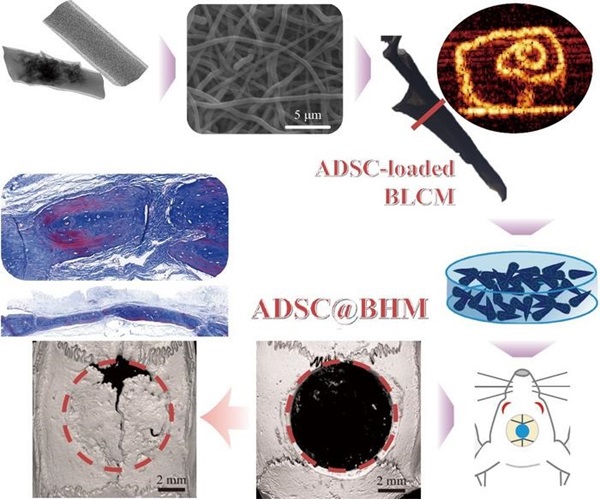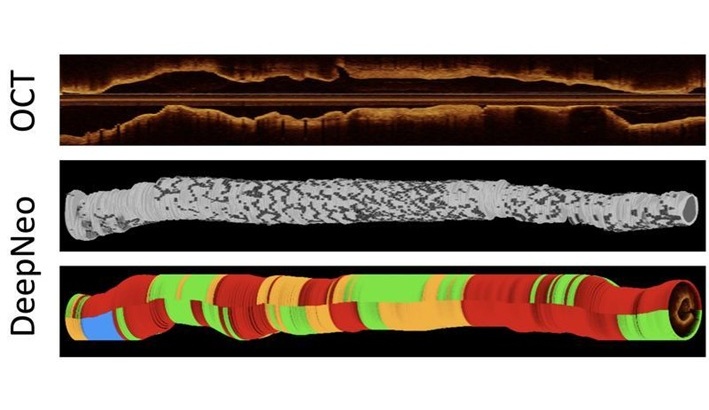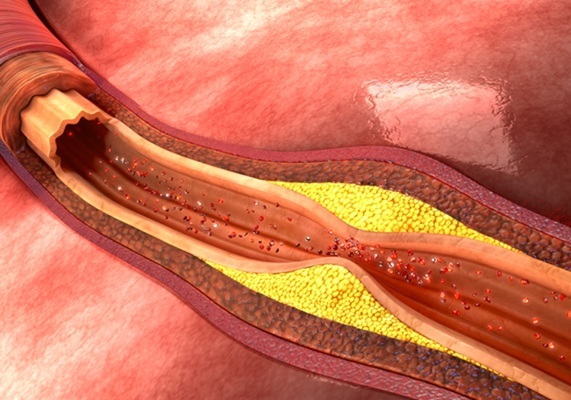Groundbreaking Tubular Scaffolds Enhance Bone Regeneration of Critical-Sized Skull Defects
|
By HospiMedica International staff writers Posted on 12 Sep 2024 |

Critical-sized bone defects present a major challenge in the medical field. Traditional treatments like autografts and allografts face limitations due to donor shortages, mismatches in graft sizes, and immune rejection, making their widespread application difficult. Bone tissue engineering, which combines cells with biomaterials, offers a promising alternative. Adipose-derived stem cells (ADSCs) have gained attention in bone regeneration due to their easy accessibility and strong potential for osteogenic differentiation. However, directly injecting ADSCs results in a short survival time, while combining them with scaffold materials greatly improves their retention and bone regeneration performance in vivo. Techniques like electrospinning and 3D printing are currently used to create scaffolds that mimic bone, significantly enhancing bone regeneration. Adding chemical signals such as growth factors to the physical properties of scaffolds can further promote ADSCs’ osteogenic differentiation. Despite these advances, challenges remain in replicating the hierarchical structure of bone, highlighting the need for further optimization of scaffold designs and combination strategies to improve clinical outcomes in bone regeneration.
Researchers from the School of Biomedical Engineering at Sun Yat-sen University (Guangzhou, China) have developed innovative tubular scaffolds made from electrospun membranes that significantly enhance bone regeneration in critical skull defects. These scaffolds, designed to mimic natural bone structures, create an optimal environment for adipose-derived stem cells (rADSCs), accelerating the healing process. By incorporating advanced materials like polycaprolactone, poly(lactic-co-glycolic acid) (PLGA), and nano-hydroxyapatite, the researchers achieved impressive results in both lab and animal studies, paving the way for novel treatments in bone defect repair. This study represents a significant advancement in tissue engineering and regenerative medicine.
The researchers used electrospinning technology to develop multilayer composite nanofibrous tubular scaffolds that effectively mimic bone structures and provide an ideal microenvironment for rADSCs, promoting bone regeneration. Both in vitro and in vivo experiments demonstrated that these fibrous membranes hold great potential for treating bone defects, offering a promising approach to bone regeneration. Future studies should further explore the fabrication of fibrous membrane scaffolds and the mechanisms by which loaded MSCs enhance bone regeneration.
Related Links:
Sun Yat-sen University
Latest Surgical Techniques News
- DNA Origami Improves Imaging of Dense Pancreatic Tissue for Cancer Detection and Treatment
- Pioneering Sutureless Coronary Bypass Technology to Eliminate Open-Chest Procedures
- Intravascular Imaging for Guiding Stent Implantation Ensures Safer Stenting Procedures
- World's First AI Surgical Guidance Platform Allows Surgeons to Measure Success in Real-Time
- AI-Generated Synthetic Scarred Hearts Aid Atrial Fibrillation Treatment
- New Class of Bioadhesives to Connect Human Tissues to Long-Term Medical Implants
- New Transcatheter Valve Found Safe and Effective for Treating Aortic Regurgitation
- Minimally Invasive Valve Repair Reduces Hospitalizations in Severe Tricuspid Regurgitation Patients
- Tiny Robotic Tools Powered by Magnetic Fields to Enable Minimally Invasive Brain Surgery
- Magnetic Tweezers Make Robotic Surgery Safer and More Precise
- AI-Powered Surgical Planning Tool Improves Pre-Op Planning
- Novel Sensing System Restores Missing Sense of Touch in Minimally Invasive Surgery
- Headset-Based AR Navigation System Improves EVD Placement
- Higher Electrode Density Improves Epilepsy Surgery by Pinpointing Where Seizures Begin
- Open-Source Tool Optimizes Placement of Visual Brain Implants
- Easy-To-Apply Gel Could Prevent Formation of Post-Surgical Abdominal Adhesions
Channels
Critical Care
view channel
AI Model Analyzes Patient Data to Diagnose Multiple Sclerosis With 90% Accuracy
Multiple sclerosis (MS) is a chronic inflammatory condition affecting the central nervous system. Most patients initially experience the relapsing-remitting form (RRMS), characterized by periods of symptom... Read more
Magnetically Navigable Microparticles Enable Targeted Drug Delivery
Abdominal aortic aneurysms (AAA) can be life-threatening if not treated and result in nearly 10,000 deaths annually. Researchers working to improve treatments for AAA could now make it possible for doctors... Read more
AI-Powered Algorithm Automates Analysis of Coronary Stents After Implantation
Every year, over three million people globally receive stents to open blocked blood vessels caused by heart disease. However, monitoring the healing process after stent implantation remains a significant challenge.... Read morePatient Care
view channel
Portable Biosensor Platform to Reduce Hospital-Acquired Infections
Approximately 4 million patients in the European Union acquire healthcare-associated infections (HAIs) or nosocomial infections each year, with around 37,000 deaths directly resulting from these infections,... Read moreFirst-Of-Its-Kind Portable Germicidal Light Technology Disinfects High-Touch Clinical Surfaces in Seconds
Reducing healthcare-acquired infections (HAIs) remains a pressing issue within global healthcare systems. In the United States alone, 1.7 million patients contract HAIs annually, leading to approximately... Read more
Surgical Capacity Optimization Solution Helps Hospitals Boost OR Utilization
An innovative solution has the capability to transform surgical capacity utilization by targeting the root cause of surgical block time inefficiencies. Fujitsu Limited’s (Tokyo, Japan) Surgical Capacity... Read more
Game-Changing Innovation in Surgical Instrument Sterilization Significantly Improves OR Throughput
A groundbreaking innovation enables hospitals to significantly improve instrument processing time and throughput in operating rooms (ORs) and sterile processing departments. Turbett Surgical, Inc.... Read moreHealth IT
view channel
Printable Molecule-Selective Nanoparticles Enable Mass Production of Wearable Biosensors
The future of medicine is likely to focus on the personalization of healthcare—understanding exactly what an individual requires and delivering the appropriate combination of nutrients, metabolites, and... Read more
Smartwatches Could Detect Congestive Heart Failure
Diagnosing congestive heart failure (CHF) typically requires expensive and time-consuming imaging techniques like echocardiography, also known as cardiac ultrasound. Previously, detecting CHF by analyzing... Read moreBusiness
view channel
Expanded Collaboration to Transform OR Technology Through AI and Automation
The expansion of an existing collaboration between three leading companies aims to develop artificial intelligence (AI)-driven solutions for smart operating rooms with sophisticated monitoring and automation.... Read more
















